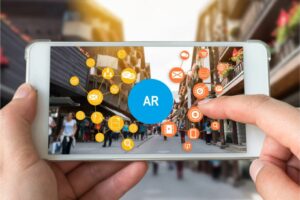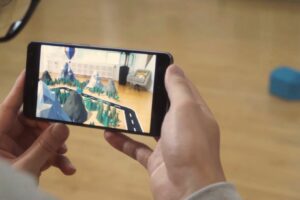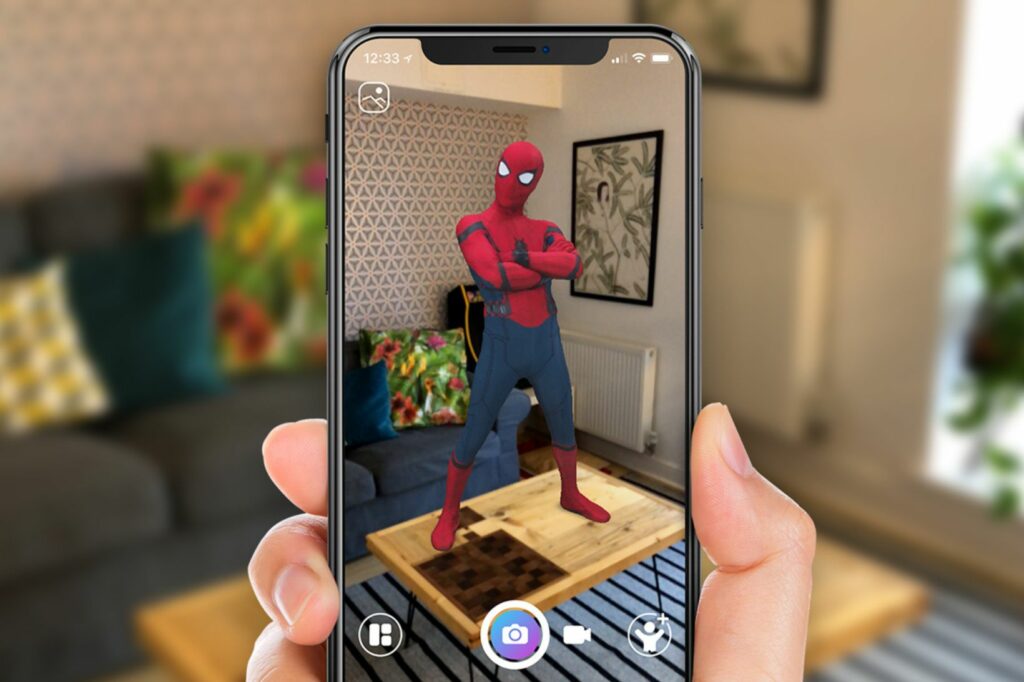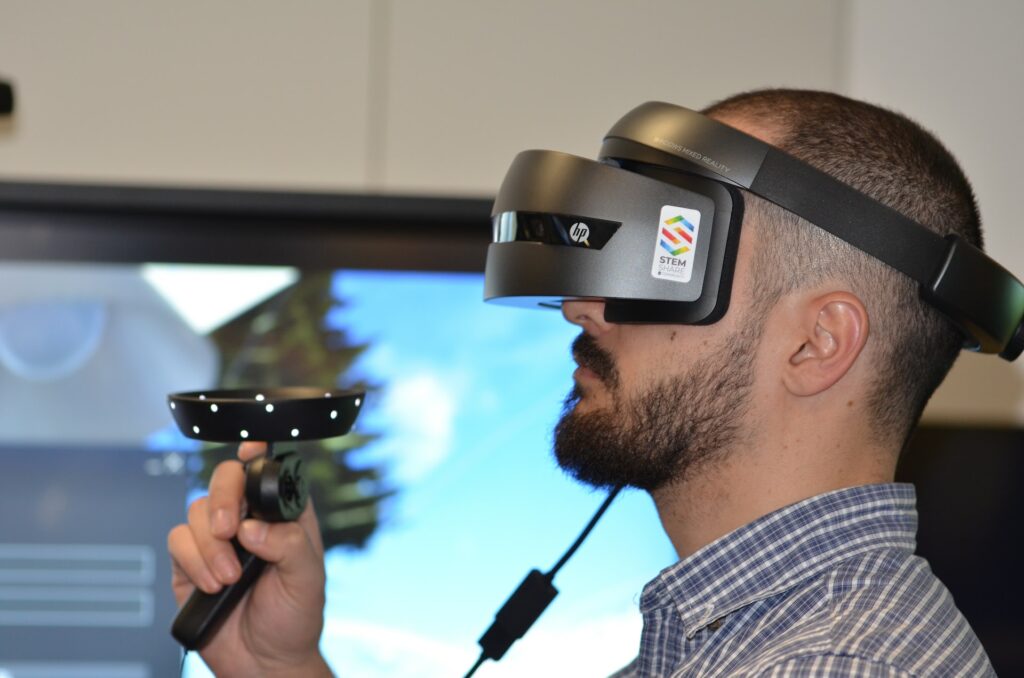Dive into the world of Augmented Reality (AR), a technology that’s rapidly reshaping industries and consumer experiences. This cutting-edge field is no longer the stuff of sci-fi movies, but a tangible reality that’s transforming how we interact with our surroundings.
This article explores the latest trends in AR, highlighting how they’re revolutionizing sectors from gaming to healthcare, retail to remote work. It’s an exciting journey into the future, right here in the present.
Augmented Reality Trends
As AR technology progresses, it shapes distinct trends, bringing transformative potential to various domains. Particularly, its impact is evident in mobile applications and social media platforms.
Prevalent Use of Augmented Reality in Mobile Applications

The advancing AR technology thrives in mobile applications. Users gain immersive experiences, making their interactions captivating and purposeful. Examples include popular games like Pokémon Go and Harry Potter: Wizards Unite, where AR elements make gameplays engaging and dynamic.
Advancements in mobile technology enhance AR’s feasibility on smaller devices. In specific, the introduction of ARKit by Apple and ARCore by Google has empowered developers in integrating AR features into apps. As a result, applications of AR span from interior design apps such as IKEA Place, allowing customers to visualize furniture in their homes, to educational apps like Cambridge University’s Fetch! that maps the human anatomy in 3D.
Rise of AR in Social Media Platforms
AR’s popularity also ascends on social media platforms. Most platforms supply AR-enhanced features, significantly influencing the user-generated content culture. Instagram stories and Snapchat filters are among the most widespread examples of AR’s integration into social media.
These applications allow users to overlay digital animations and effects onto their photos or videos, giving way to a more interactive and entertaining content creation process. For instance, Facebook utilizes Spark AR platform for its AR effects, while Snap’s Lens Studio facilitates the creation of custom AR filters and animations on Snapchat. This rise of AR in social media offers users novel ways to express themselves, increasing engagement and shaping the digital communication landscape.
Breakthroughs in Augmented Reality Hardware

The arena of Augmented Reality (AR) hardware has experienced profound developments, with advancements in smart glasses and wearable technology fostering remarkable interactions with digital content. This section delves into these breakthroughs, exploring the evolution of smart glasses and the role of AR in transforming wearable technology.
Evolution of Smart Glasses
Smart glasses signify a pivotal facet of the AR hardware landscape. They’ve transitioned from experimental prototypes to sophisticated wearable devices, enabling seamless integration of digital content with real-life scenarios. For instance, Google’s pioneering effort, Google Glass, marked the dawn of smart glasses, paving the way for significant innovations in this realm. Today, brands like Microsoft with its HoloLens, and Magic Leap with its Lightwear headset, are setting new standards in AR experiences, enhancing visual perception and immersion within digital landscapes. These advances promote the integration of AR into daily life, redefining interfaces between humans and machines.
Augmented Reality in Wearable Technology

AR’s influence isn’t restrained to smart glasses; it’s made substantial strides in the field of wearable technology, forging immersive user interfaces. Wearable devices have been enhanced through AR, serving our senses beyond sight. For example, Haptic suits by Teslasuit and smart gloves from Manus are introducing tactile sensations to AR. Likewise, AR earbuds like Audio AR by Bose operate based on head movement and location, adding auditory layers to the AR domain. These wearable technologies enable the user to engage with digital content in an intricate manner, thereby transforming the human-technology interaction paradigm.
Technological Revolution
AR’s transformative power is undeniable. It’s reshaping industries from healthcare to gaming and retail, making everyday processes more immersive and engaging. The future holds even more promise, with AR set to revolutionize education and the automotive industry. BMW and Mercedes-Benz’s adoption of this technology signals a change in the wind. AR isn’t just a fancy add-on anymore; it’s becoming a crucial part of our lives. From interactive showrooms to dynamic navigation systems, AR is turning the ordinary into the extraordinary.



